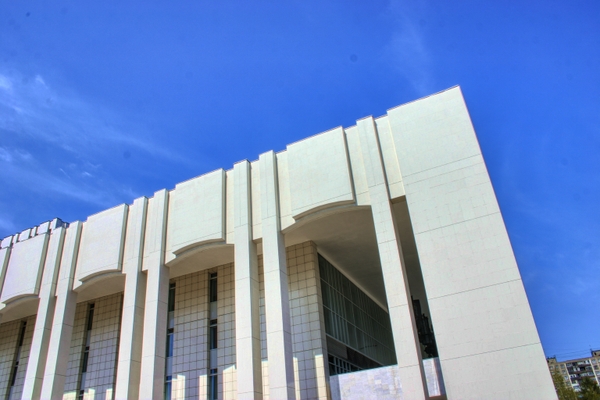What Is HDRI: About High Dynamic Range Imaging
When you shoot a scene comprising both a strong light source and deep shadows you will notice that details either in shadows or in highlights get lost. Imagine you stay in a dark room and try to take a view outside the window - you will see only one thing in detail - either the view or the room's interior. However, there is a method for keeping detail in every single part of the image.
HDRI (High Dynamic Range Imaging) is a technology that expands the dynamic range of an image and shows details in both shadows and highlights.
Dynamic Range is a range of brightness values that can be recorded on media (film, photographic plate, photographic paper) or on the matrix of a digital camera.
In contrast to the modern cameras that have a low dynamic range, the human eye is able to discern many more tonal values and sees details of any object at any lighting.
HDRI technology minimizes this discrepancy by combining several shots to get an image very close to what the photographer sees with his eyes. However, monitors, just like cameras, have a lower dynamic range and can not render an HDR-image to the best advantage. That is why a technology called Tone Mapping is applied to compress the dynamic range of an HDR-image without degrading the image quality. The resulting image is called a LDR (low dynamic range) image, but it looks much better than the original images.
The difference is evident if you take high contrast shots.
Compare the original shots:



And the result of HDRI processing:

Earlier, one had to use gradient filters when shooting or various tools in Adobe Photoshop (masks, layers) to get a similar image.
With the advent of HDRI technology the process has been simplified. Now it is sufficient to take a series of shots of one and the same object using different exposure settings, then load the images into AKVIS HDRFactory and combine them into one image.
